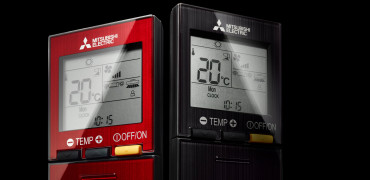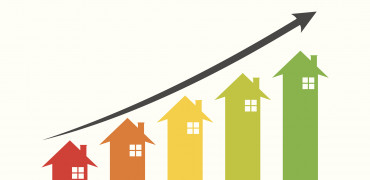The international heat pump sector is gathering at the European Heat Pump Summit in Nuremberg on the 24th and 25th of October.
The delegates from manufacturers, academia and the wider construction industry are meeting to discuss the European heat pump market, look at the latest developments in technology and explore general trends in the construction industry across Europe.
Heat pump sales in Europe have just reached the highest number ever recorded at 890,302 units and the focus of the meeting is to foster professional dialogue and exchange of expertise on current developments, research results and possibilities for energy reduction with renewable resources and the challenges involved.
The UK needs a different approach
As someone who has been involved in reporting on the construction industry for many years now, I’m old enough to remember the first time heat pumps were introduced into the UK in the 1980’s. It wasn’t a great success as the fixed-speed technology available at the time did not suit the type of construction methods employed in the UK, which had lead to leaky, energy inefficient buildings.
Things are somewhat different now though and generally, buildings are constructed with energy efficiency in mind right from the start, making them ideal for heat pumps.
Indeed, our own Government has recognised the important role that heat pumps will play in helping the nation meet the ambitious carbon reduction targets in the future, predicting over one million heat pump sales a year in the UK by 2030.
So we are heading for a future where the majority of homes use a heat pump for heating and hot water.
Retro-fit challenges
As the editor of a magazine called Refurb Projects though, you would expect me to also want to know what we can do for our older buildings.
As a nation, we have millions of properties that will need work to bring them up to the levels of insulation and overall efficiency that will allow them to fully benefit from renewable heat pumps.
We cannot simply knock all these buildings down and start again. Not only is that not practical or sensible, we will be tinkering with the very fabric of our society if we suddenly decide that everything has to look modern, not to mention that run ins we will have with bodies such as the National Trust and Historic England, who will fight any moves to knock down our heritage!
So whilst the future for heat pumps looks excellent as far as new build goes, there remain significant challenges to with older properties if we are to capitalise on all the benefits that heat pumps can bring to the individual homeowner or tenant, the housing stock itself, or the wider nation as a whole.
Changes despite the politics
We’ve just finished the annual cycle of party conferences and whilst there was mention of building new homes, I personally was disappointed not to see any real proposals designed to improve the fabric of our older buildings.
Of course our political masters are somewhat distracted with Brexit but in the absence of policy to tackle this area, there is still hope as developments in heat pumps, from manfacturers such as Mitsubishi Electric, mean that they can work effectively in older properties as well.
In what is known as a hybrid installation, a heat pump can be added to an existing heating system and will generate all the heating and hot water for the majority of the time, reducing carbon emissions and lowering running costs. The old gas, oil or LPG heating system is retained if ever needed.
Or a heat pump can be installed to provide low carbon heating for a home, leaving the old boiler in place to deliver the hot water required.
So, regardless of the politics involved in helping improve our existing housing stock, there is a way to help individual homes and make a significant contribution to reducing the carbon emissions of the nation.
Going back to this week’s congress, the EHPA (European Heat Pump Association) has already released some interesting data regarding heat pump sales across the Eurozone.
Heat Pump Sales in the EU
The EHPA presented at the end of last year the most comprehensive European heat pump market report so far, which included data from 21 European countries all compiled in cooperation with national associations.
-
Global energy use
Buildings are responsible for more than 40% of global energy use and 1/3 of global greenhouse gas emissions, both in developed and developing countries (United Nations Environment Programme).
-
Pre-1960
40% of the residential buildings were constructed before 1960 when heating technologies were not as advanced as today.
-
Carbon savings
The heating sector can contribute to the largest portion of carbon savings by 2030 in retrofitting existing buildings and replacing energy using equipment.
-
Millions of tonnes of savings
Eurostat reports a total annual refurbishment rate of almost 4.9 million units in the EU25. According to IEA by replacing oil/gas burners with heat pumps it should be possible to save 15 to 90 million tonnes of CO2 per year in Europe.
Tony Prior is the editor of Refurb Projects


